The New Park Created by Sony in Ginza Presents a Novel Way to Build Cities
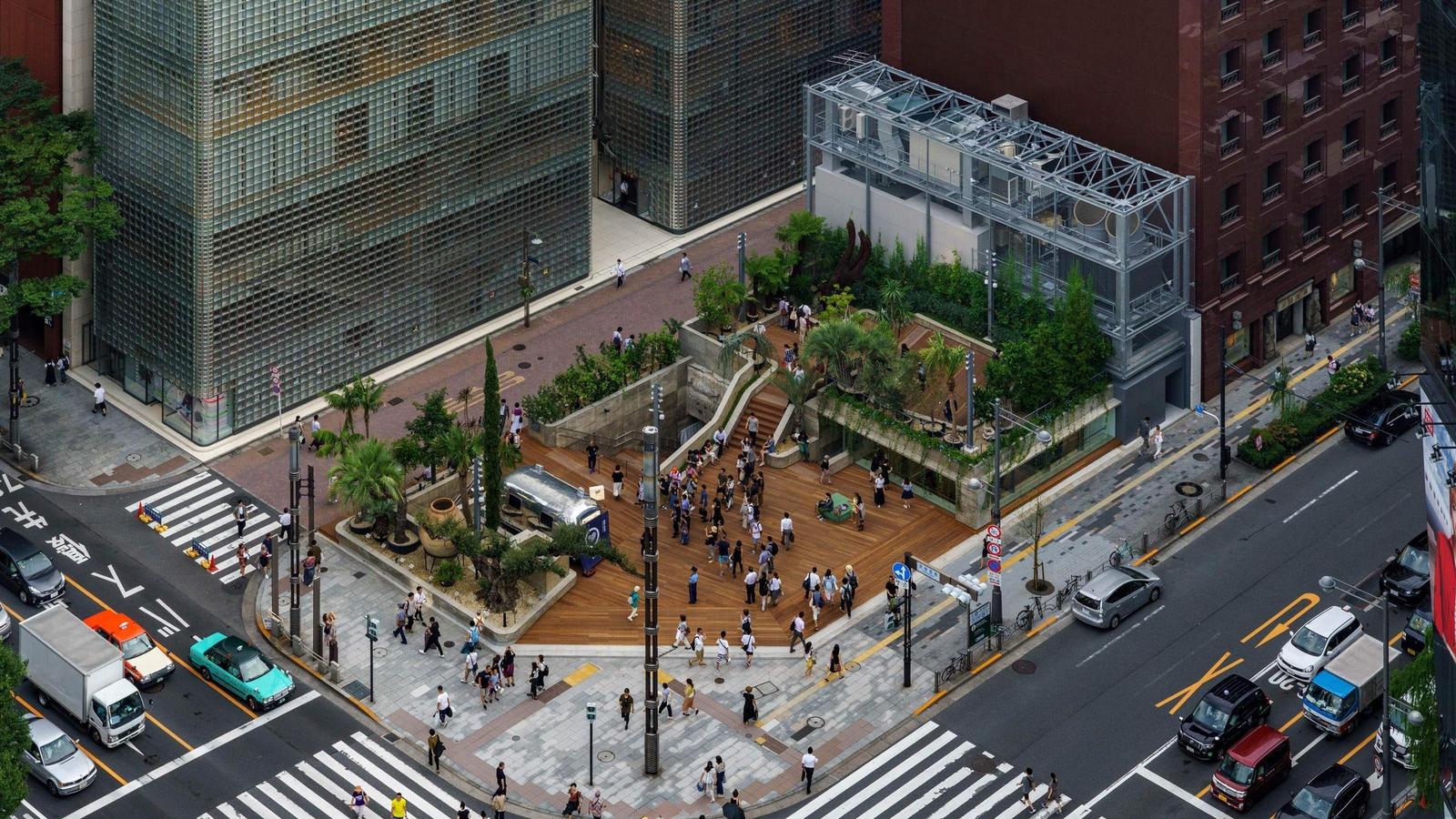
A New Concept of Turning Buildings into Parks for the Duration of the Rebuilding Process
The Sony Building was constructed in 1966 on a corner lot adjacent to Sukiyabashi Crossing in Ginza, in Tokyo's Chuo City. The stylish building, with eight floors above ground and five floors below ground, has attracted many people from Japan and abroad as a complex showroom building and as a center for Sony's corporate culture.
In 2018, during the rebuilding process, Sony opened a park called Ginza Sony Park, consisting of four underground levels and an above-ground section, as the first phase of the rebuilding project. It was operated for a limited period of three years until 2021, and in addition to being used as a place of relaxation, exhibitions and live music performances were held there, attracting 8.54 million visitors despite the COVID-19 pandemic.
The park was closed once in the fall of 2021, and construction began anew. The new Ginza Sony Park is scheduled to be completed in its final form in 2024. Why build a park? We interviewed Nagano Daisuke, President & Representative Director, and Chief Branding Officer of Sony Enterprise Co., Ltd., who is the leader of the Ginza Sony Park Project.

—How did you come up with the idea of building a park?
It was the result of our goal of realizing a "Rebuilding, that inherits Sony Spirit." Normally, when rebuilding, we would consider what kind of building to make and who to request as the architect, but that would make it the same as something that already exists somewhere else.
Sony's unique style is to "do what others don't do." This is our manufacturing "Sony Spirit". For example, the "Walkman," which was launched in 1979, created the new experience of taking music outside and listening to it while walking. The "PlayStation," launched in 1994, transformed the game console, which was once a child's toy, into a machine that adults could enjoy as well.
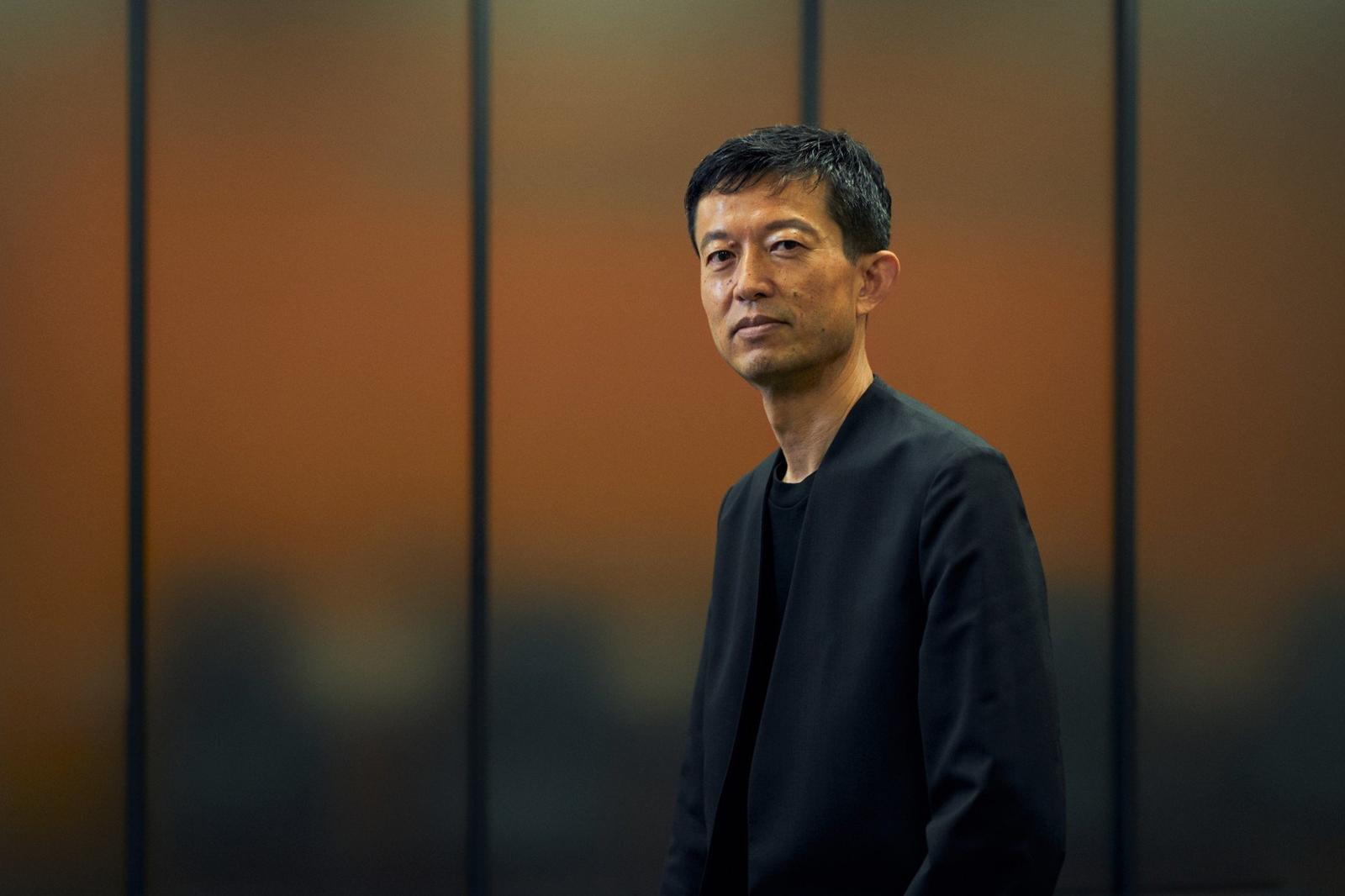
In the course of our discussions, we came up with the idea of tearing down a building but not immediately building the next one. We would eventually construct the building, but only after a certain period of time. Next, we went back to the concept of the Sony Building. Morita Akio, one of the founders of Sony, and Ashihara Yoshinobu, the designer of the Sony Building, came up with the concept of a building with an "open-to-the-public" spirit. Its symbolic location is the "Sony Square," a triangular 33-square-meter site facing Sukiyabashi Crossing. This corner was made into a public space and not a building. Morita called it "the Garden in Ginza." It must have been a tough and brave decision to take for a private company at that time, to set up a 33-square-meter public space in a prime location in Ginza. We wanted to demonstrate the same kind of courage.
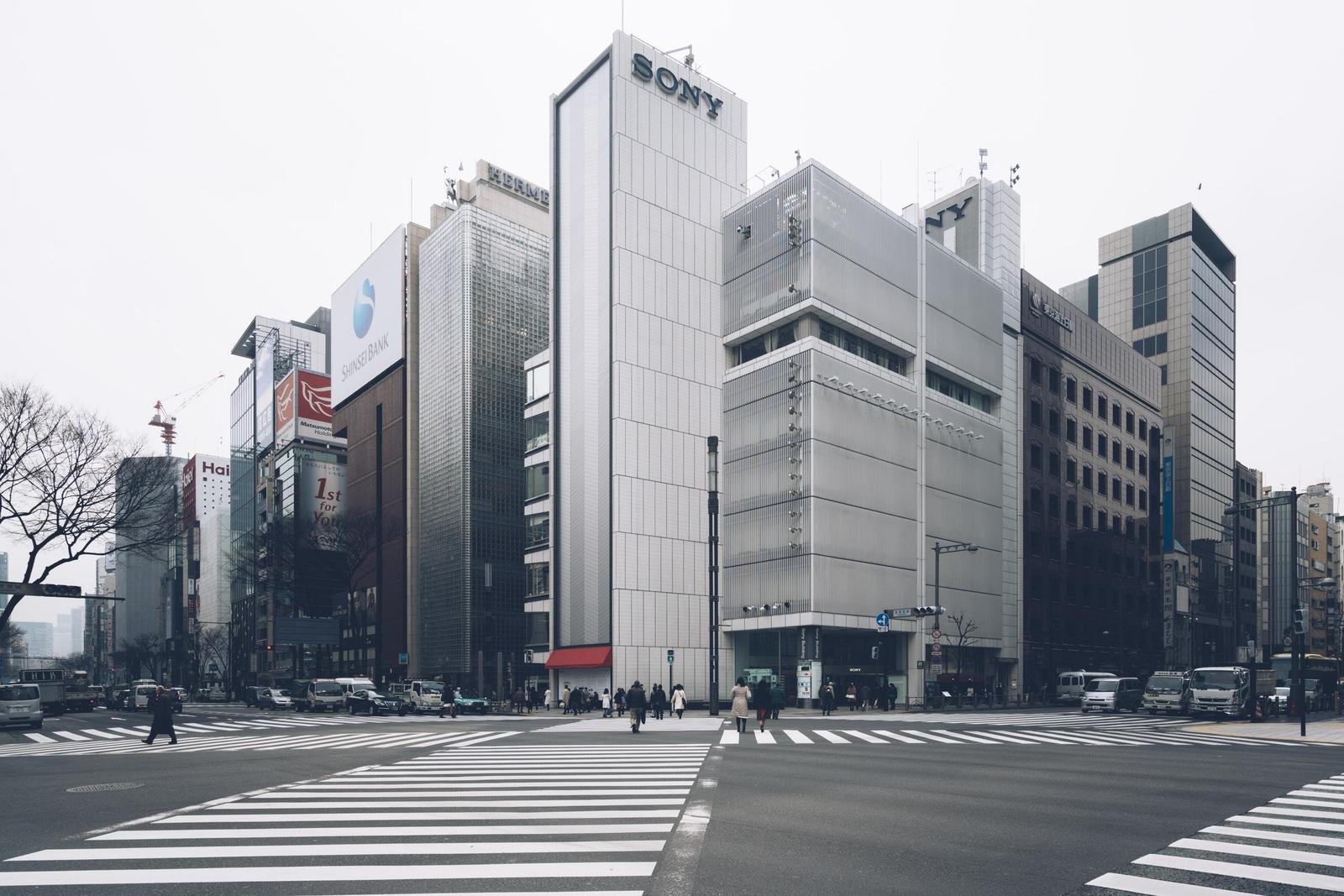
The idea of creating a park came to me when we interpreted the concept of "Garden in Ginza" in a modern way. We decided to establish a "City Center Park" for a period of time during which we were not rebuilding. In addition, a new building will be constructed in 2024, and we intend to make that building a park as well.
We also saw practical benefits in establishing a park in Ginza area. Ginza doesn't have many public places where people can sit down and take a moment to relax. So, we thought that if there was a park that anyone could come and go, it would create a sort of rhythm in the Ginza district. If you get tired from shopping, you can take a break if there is a park, and then go back to visit other areas in Ginza. We believe that a park has the potential to change people's behavior.
—Ginza Sony Park opened in 2018 and operated for three years. What was the response like?
When it opened, we built a roller skating rink in the basement level. We also held art exhibitions and athletic meets there. For the first year, we tried to get people to recognize it as a park without exhibiting Sony products. However, in our visitors' survey, many people answered that they felt "Sony Sprit" in these events."
The figure of 8.54 million visitors over three years is significant. Looking at the breakdown, half of the visitors came without a specific purpose. These were people who were just passing through or happened to take a short break. The other half came for events and other purposes. A total of 15 events were held, including the last program "Sony Park Exhibition."
Due to its location, bordering Sukiyabashi Crossing and adjacent to the subway station and underground parking lot, the Sony Building had been part of the urban function even before the park was built. However, the urban function aspect has become even stronger with the addition of the park. The open space of the park is the reason why so many people visited.
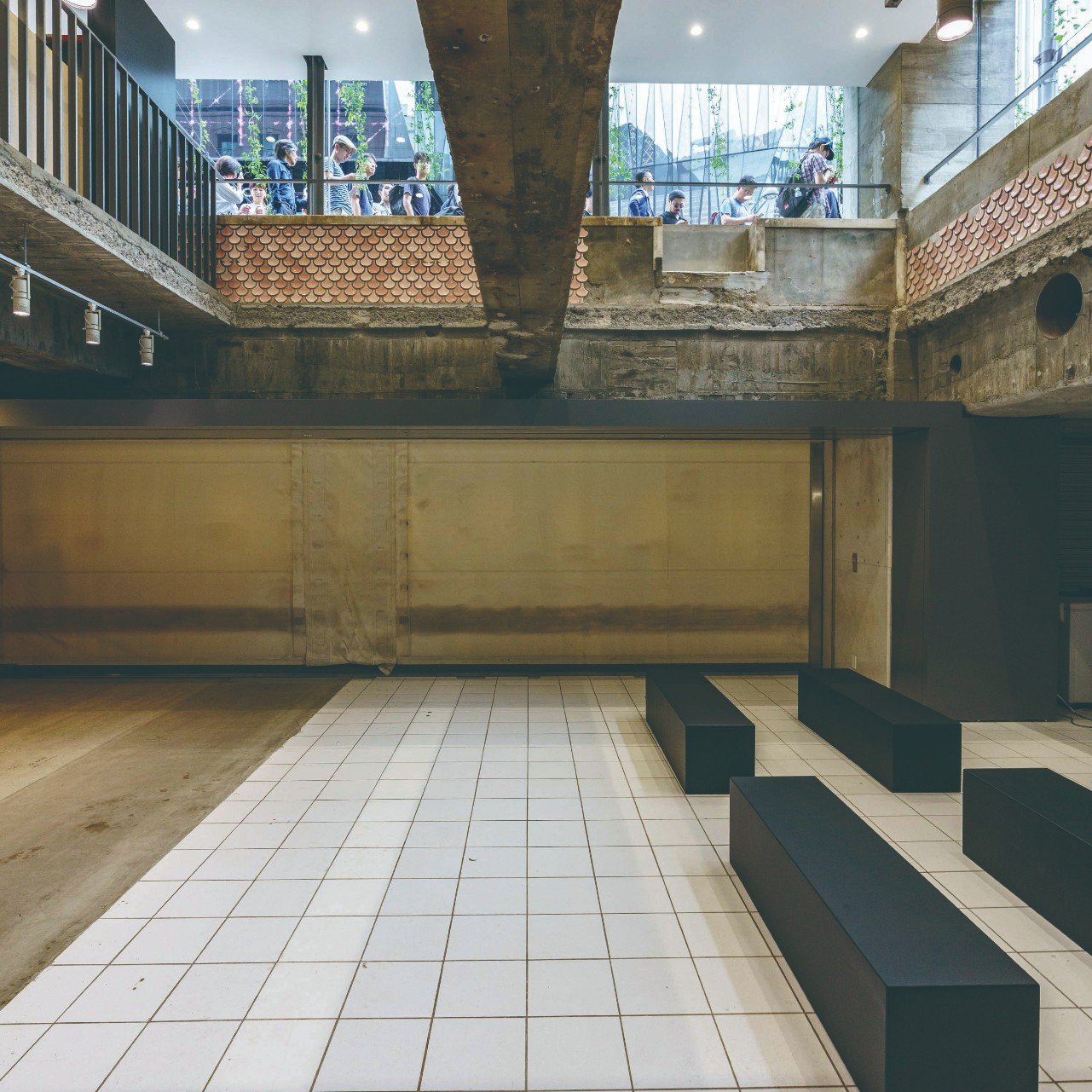
What does a park need? We thought the answer were intentional "blank spaces." Blank spaces mean that there are no clear definitions of how to use them. They leave the use of the space up to the visitors, whether that is checking their smartphones, taking a nap, or eating their lunch.
For example, there was an elementary school girl who came here often. She would do her homework in the park and wait for her mom to come and pick her up. We believe that this child and her parents recognized that this park was a safe place to meet and used it as a meeting point. This is probably due to the fact that Ginza is a relatively safe area and there is a police box located nearby. It was a challenge to maintain safety while allowing people to freely use the space, but what was important to us was the idea that people are fundamentally good. Without believing in people, the concept of a park open to the city cannot be realized.
Visitors will come and find their own space. Private spaces build up over time, and then they become parks, and then they become part of the city. We believe that our park is such a bottom-up type of park. It doesn't have to be filled with green plants and it doesn't even have to provide benches.
During the latter period, tables and benches were placed outdoors, but they were not there when the park was first opened. The plants were surrounded by concrete forms like curbstones, and were designed with the idea that they could be used for sitting on. In fact, people did sit there and relax. People are creative. They figure out how to play with the blank spaces and start new way of activities.
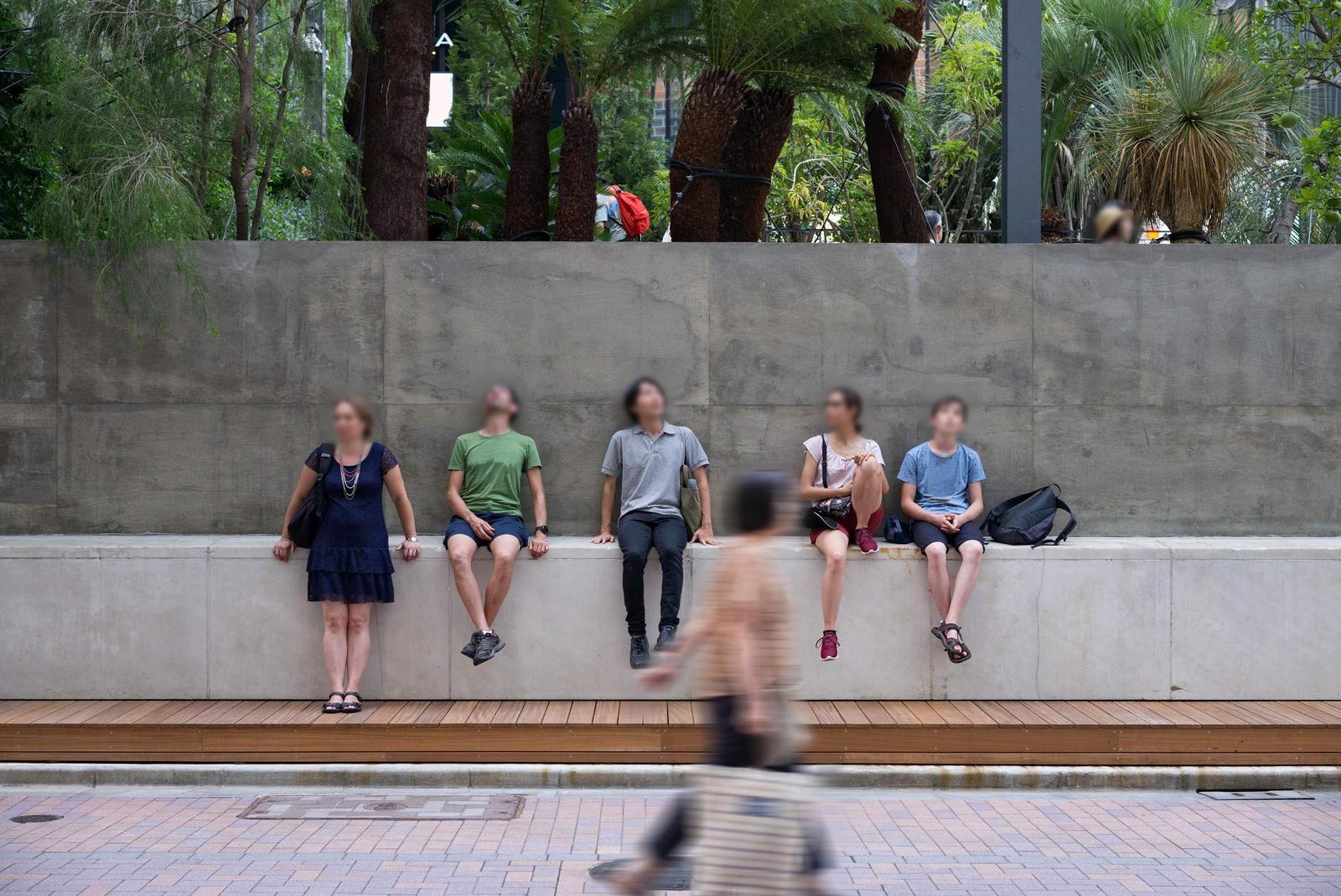
—Sony Park Mini was opened in 2022. What kind of space is this?
Sony Park Mini is a space of approximately 33 square meters located on the first basement floor of the Nishi-Ginza Parking Lot adjacent to Ginza Sony Park, which is currently under construction. Based on the concept of "being a place that continually launches diverse programs," we exhibit art, show short films, open unique pop-up stores, and conduct a variety of other experimental programs.
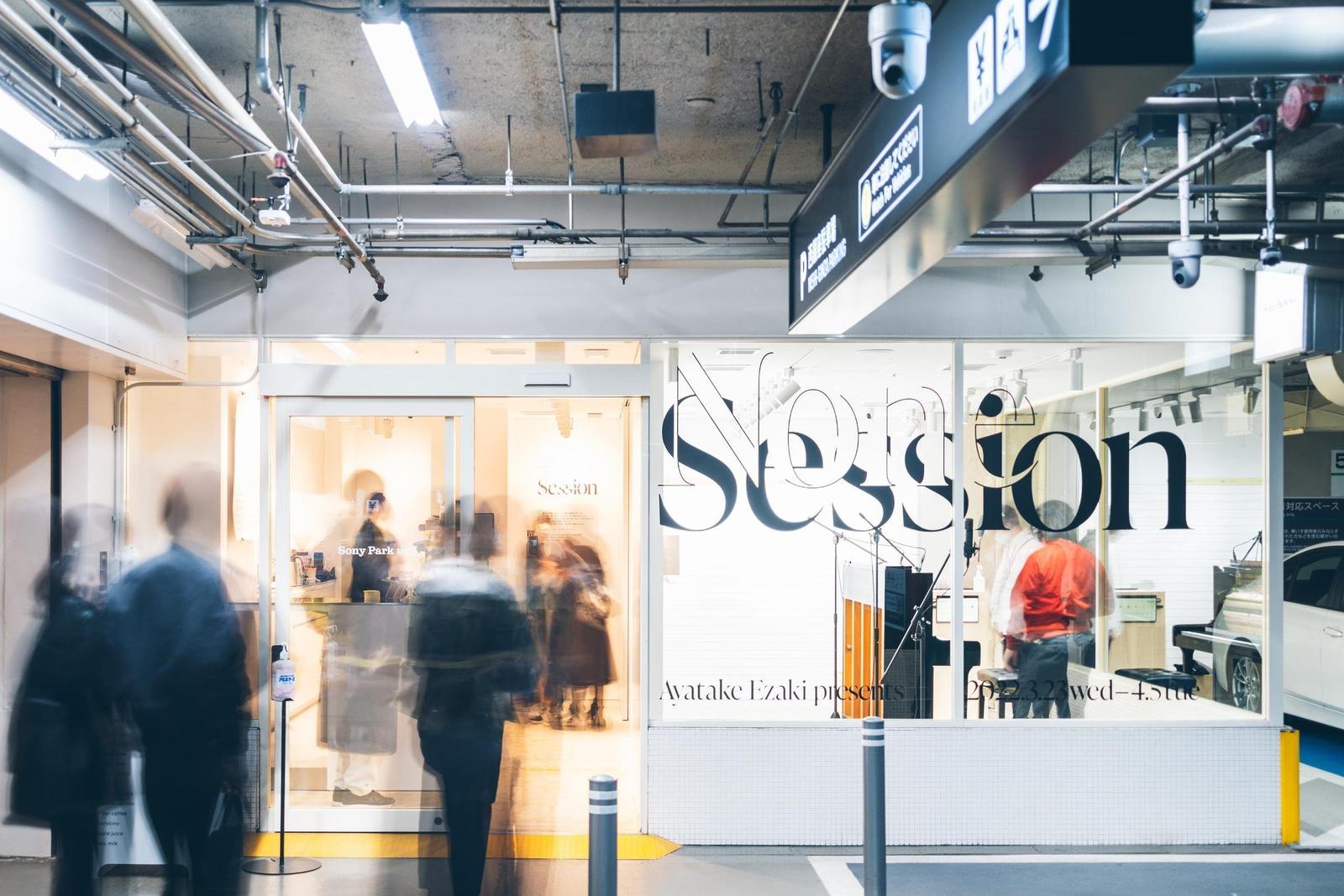
Because it is a small space, Sony Park Mini's programs can be launched more quickly and, like apps, they can be installed in other cities. While Ginza Sony Park was more of an analog concept that is difficult to duplicate, Sony Park Mini is a digital idea that has the power to be activated and replicated.
The size of 33 square meters is also meaningful. This is because the concept of Ginza Sony Park began with Morita's idea of a 33-square-meter "Garden of Ginza." For young creators, it is easier to imagine how they would use a 33-square-meter space than a larger one. An area of this size makes it easy to conduct experiments.
—This is a new way to redefine the park and develop the city.
Through this project, we proposed to the public that when we reconstructed the building, we would turn it into a park for a certain period of time. If this trend catches on, there will be temporary parks here and there wherever rebuilding takes place. That would result in more parks in the city.
Purchasing a large tract of land and landscaping a permanent park is a huge expense. Since rebuilding is inevitable in a city, we believe it is sustainable to create parks throughout the city at such times.
Photos and Images courtesy of Ginza Sony Park Project
Translation by Amitt




